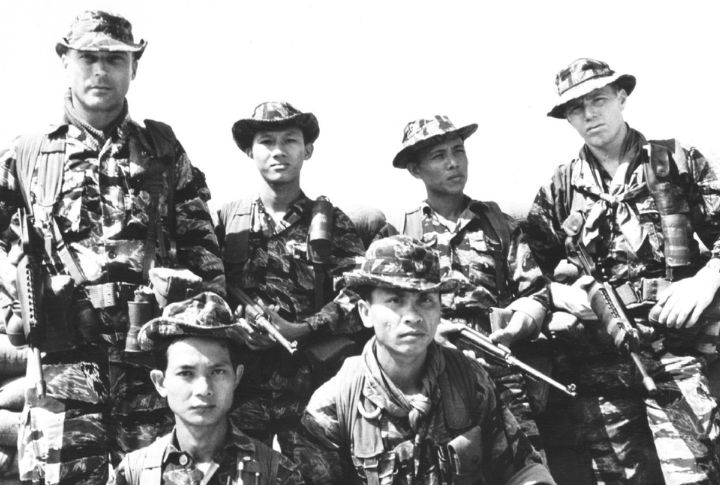
Voices still clash over what truly happened in Vietnam, echoing across decades of dinner tables, documentaries, and classroom debates. The conflict didn’t end when the troops came home; it kept evolving in memory. Generations absorbed its lessons, usually shaped by fiction. To separate echo from evidence, here are 10 myths many believed about the conflict.
It Was Solely An American Conflict
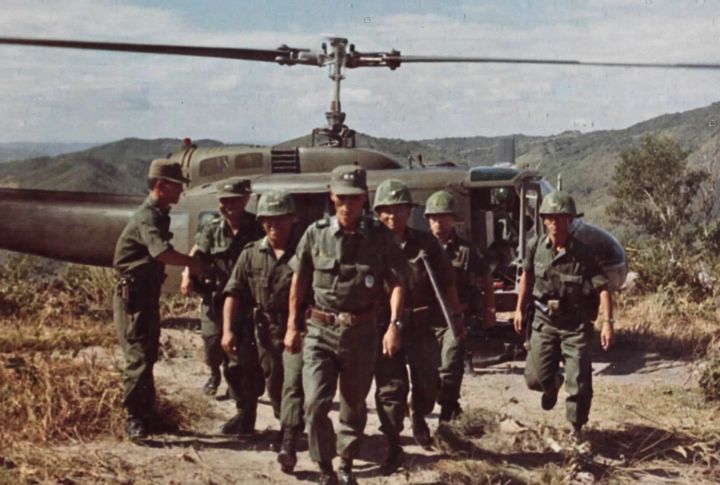
Behind every flag, battles include more nations than we think. In many history shows, it looks like only U.S. troops were fighting in Vietnam. However, countries like South Korea and Thailand also joined the battle. Meanwhile, China and the Soviet Union supported North Vietnam with supplies and aid.
It Was Unwinnable For The U.S.
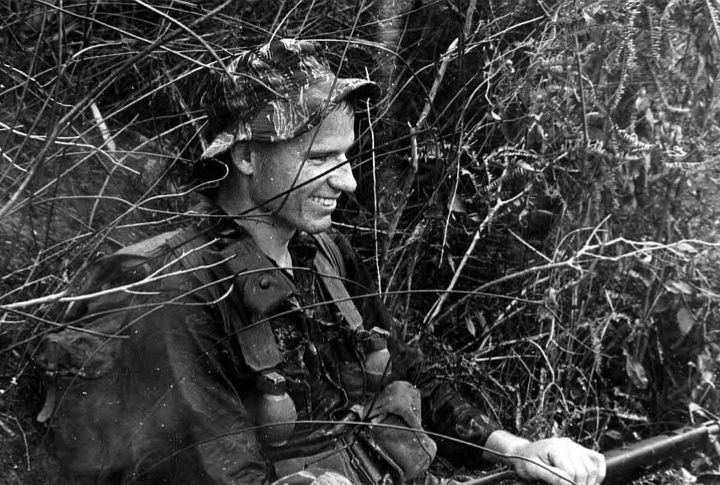
Many say, “The U.S. couldn’t have won no matter what,” but that’s only part of the story. American forces won most battles on the ground. Still, guerrilla warfare, shifting public opinion, and widespread protests made any sense of victory harder to define. Even the Tet Offensive, often seen as a setback, was a tactical win.
All Vietnam Veterans Were Drafted
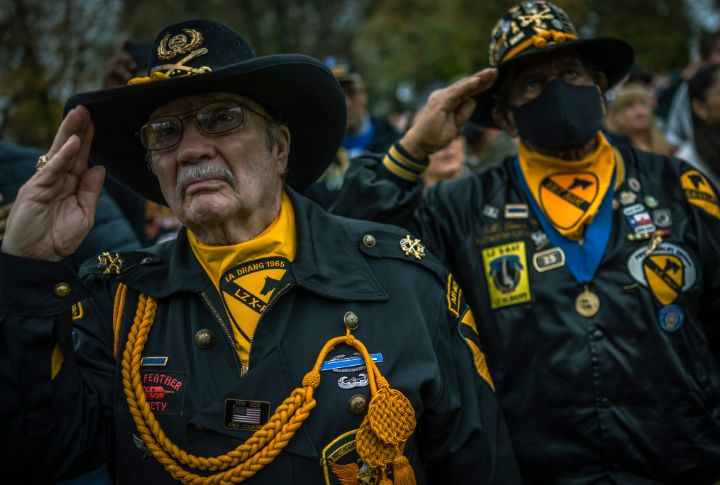
During classroom discussions, someone might claim that everyone was forced to go. Yet two-thirds of the soldiers actually volunteered, while the draft mostly impacted working-class Americans. This myth hides a deeper story about fairness, choice, and social class in American culture.
It Was Purely About Communism

War stories change when politics and media filters all mix together. Some people believe the conflict was only about stopping communism. In reality, it was also about Vietnam’s fight against colonial powers. For example, Ho Chi Minh first asked the U.S. for support before turning to communist allies.
The Ho Chi Minh Trail Was Just A Simple Path
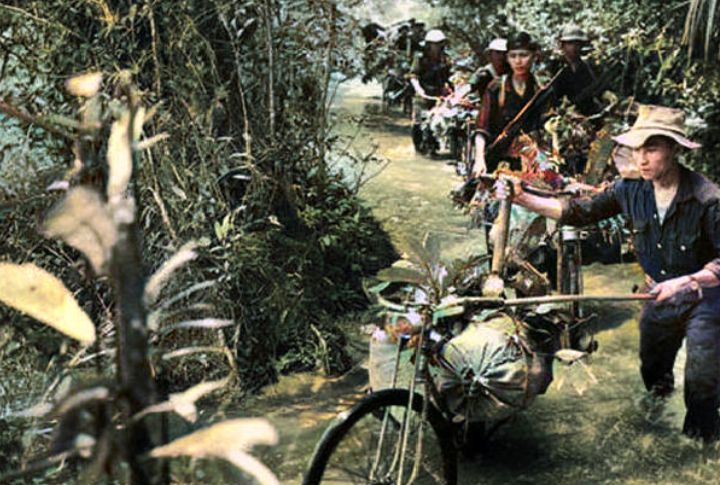
At first glance, it’s easy to picture a single road through the jungle. On the contrary, it was a vast network stretching through Laos and Cambodia that delivered troops and supplies. Remarkably, it stayed active despite heavy U.S. attacks.
It Ended With The Paris Peace Accords In 1973
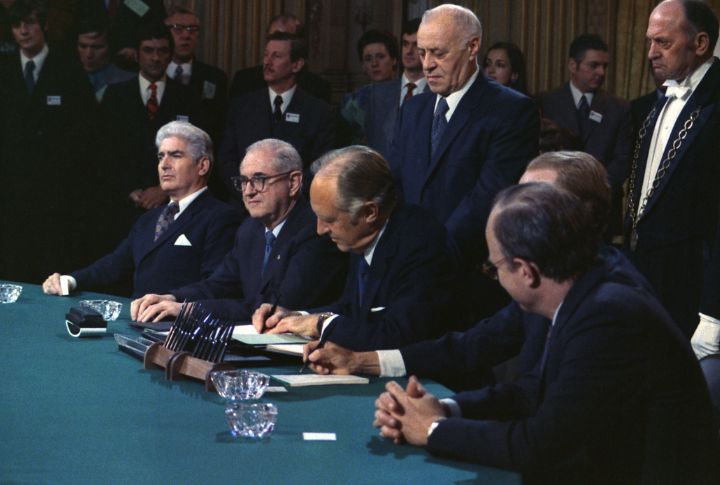
Signing papers doesn’t always bring peace the next day. Because the U.S. left in 1973, some people assume that’s when the war ended. In truth, the fighting continued until Saigon fell in 1975. The Paris Peace Accords marked a turning point but not the final chapter of the Vietnam War.
Vietnam Veterans Were Universally Shunned Upon Returning Home

In movies, Vietnam veterans are often shown being rejected or mistreated after coming home. In reality, many were welcomed with compassion and care. Still, deep national division meant the Vietnam Veterans Memorial had to rely on private funding rather than government support.
The Viet Cong Were A Small Guerrilla Force

It’s easy to imagine a few fighters hiding in the jungle. The Viet Cong, however, had over 300,000 members and a network of underground bases and long tunnels. Even more impressively, those tunnels included hospitals and workshops.
Agent Orange Was Only Used To Clear The Jungle Canopy
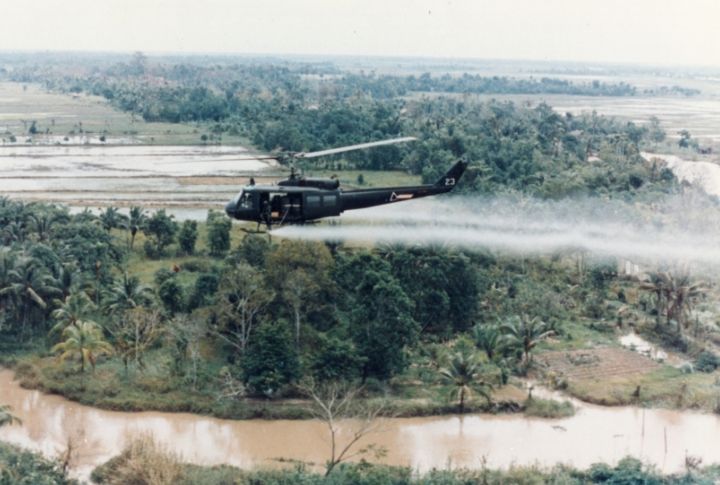
People do say Agent Orange was meant just to clear trees, but its role went far beyond that. Not only did it destroy crops, but it also caused lasting illnesses among soldiers and civilians. To this day, some areas in the conflict region are still affected.
It Was Fought Mostly In Vietnam
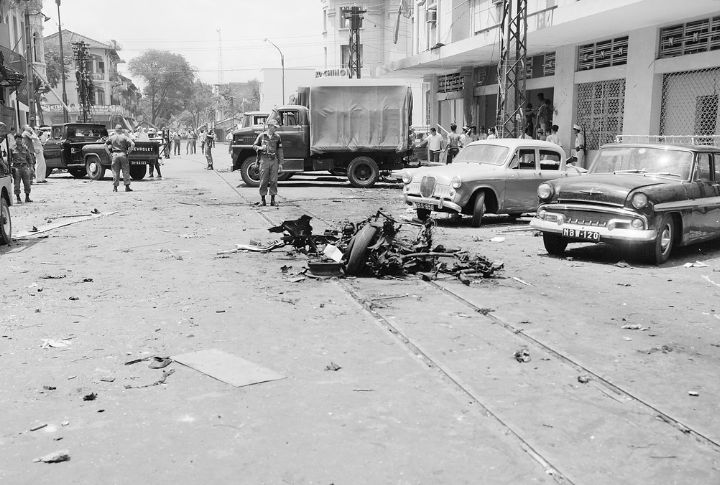
Although the war bears Vietnam’s name, much of the conflict extended into Laos and Cambodia. There, U.S. attacks targeted the hidden supply routes of the North Vietnamese. As a result, entire regions were devastated, far from public view, which shows how much stayed secret for years.

